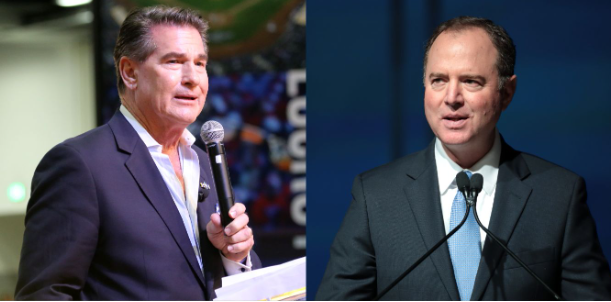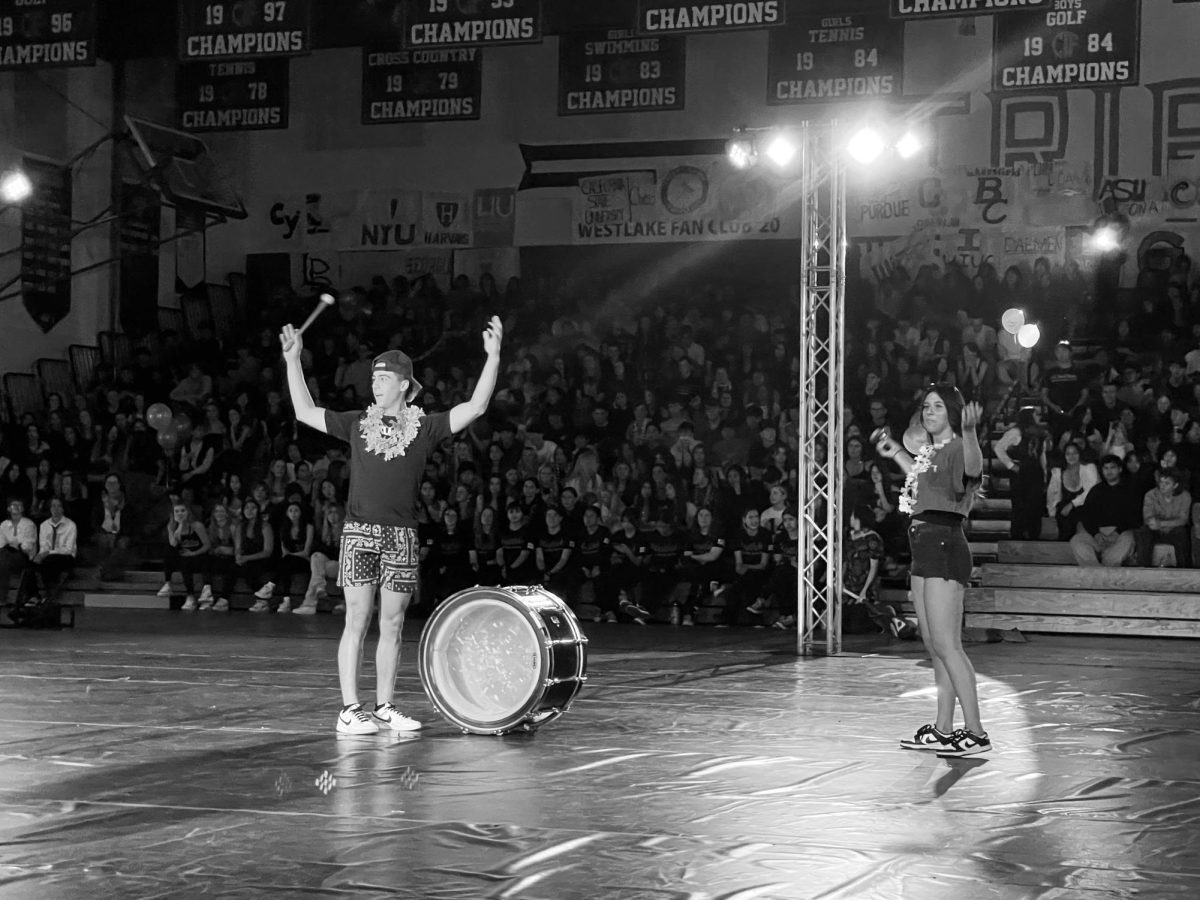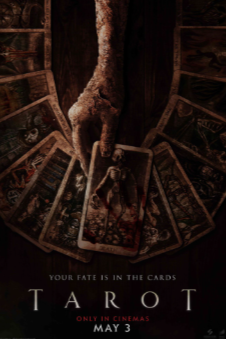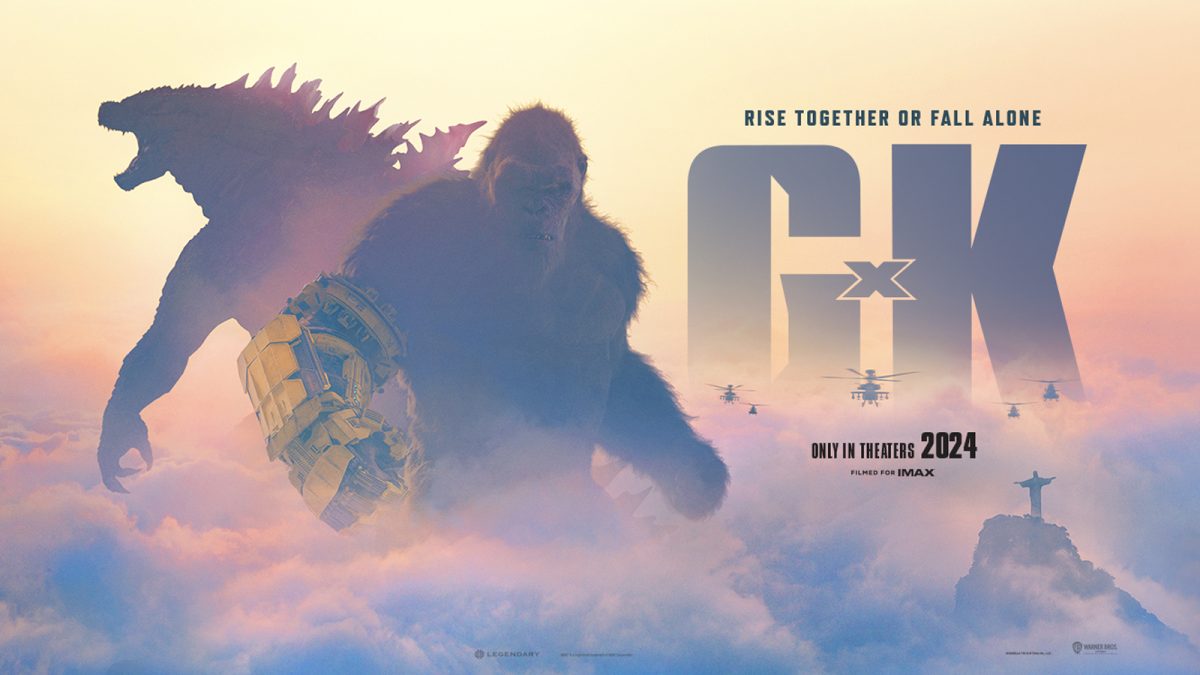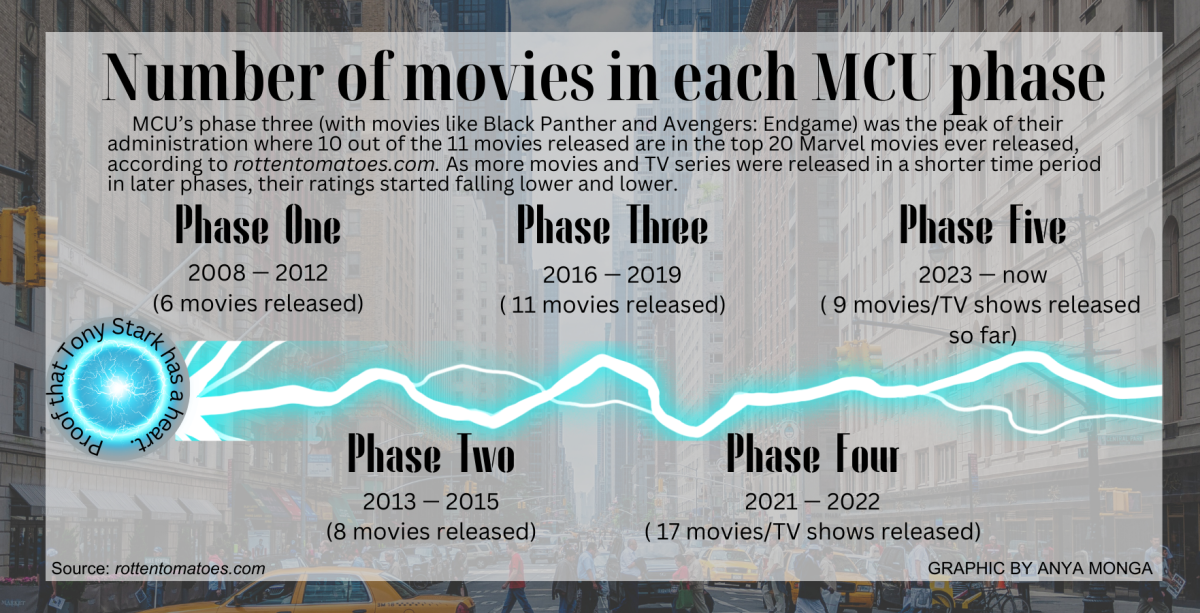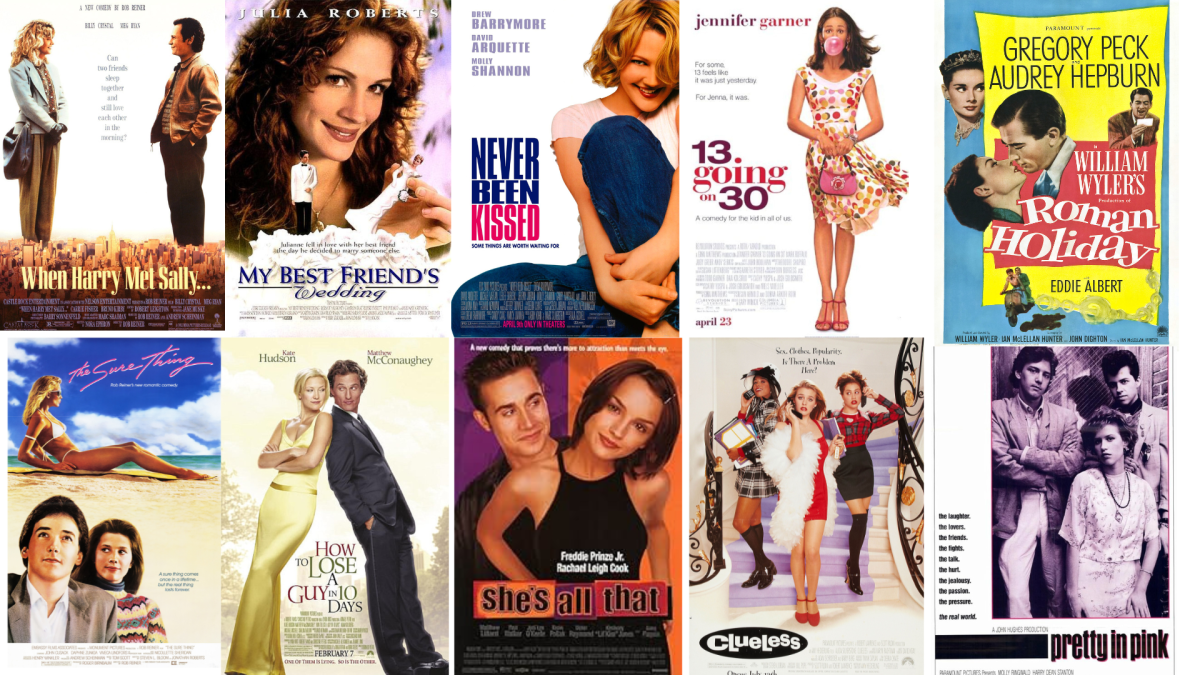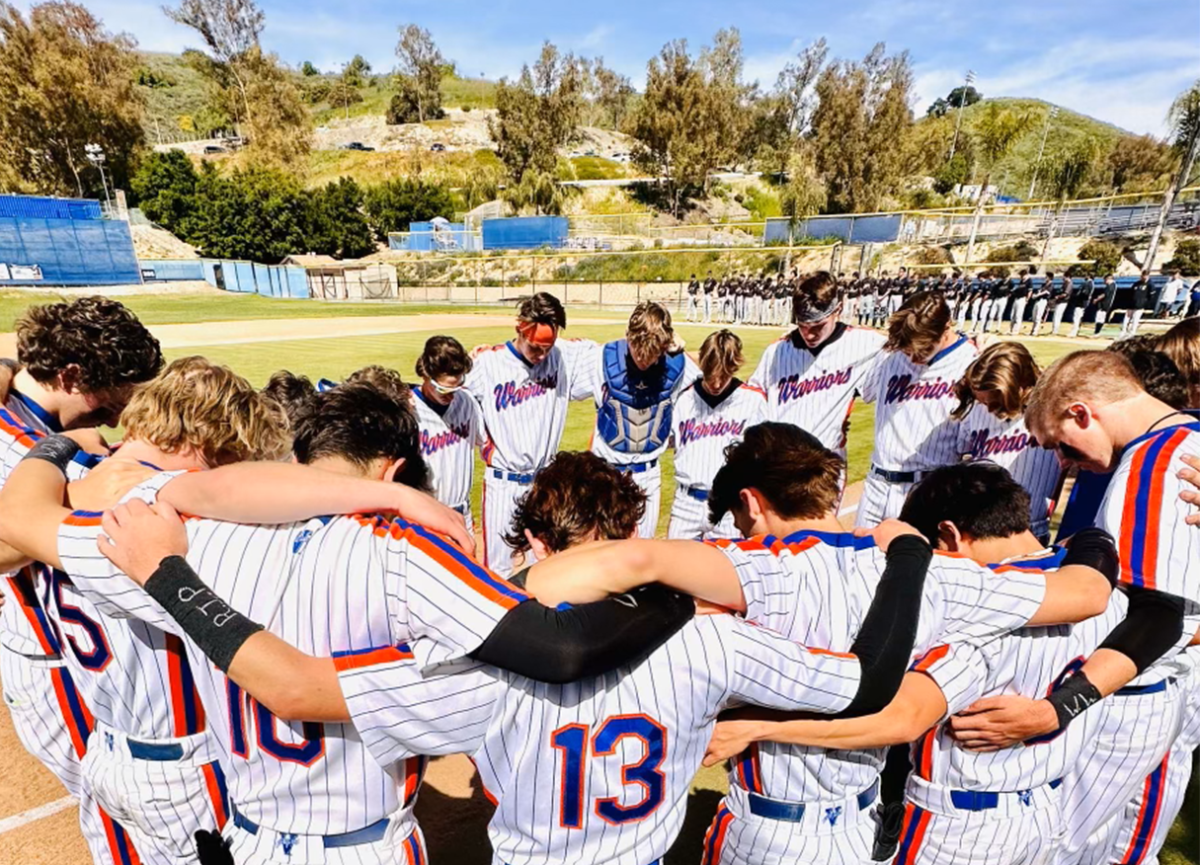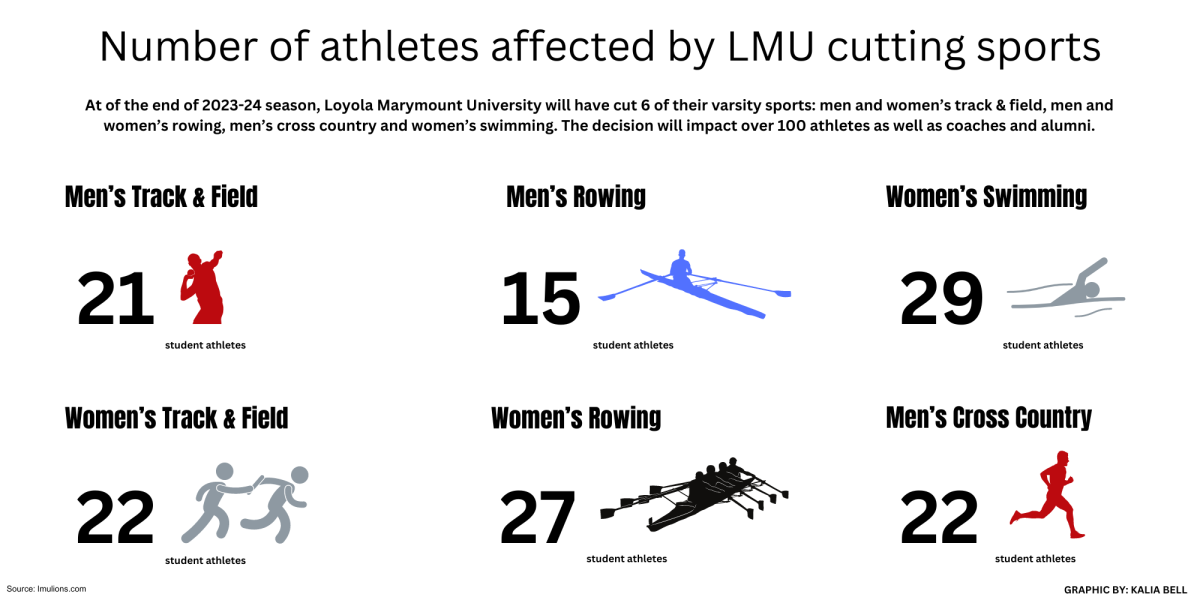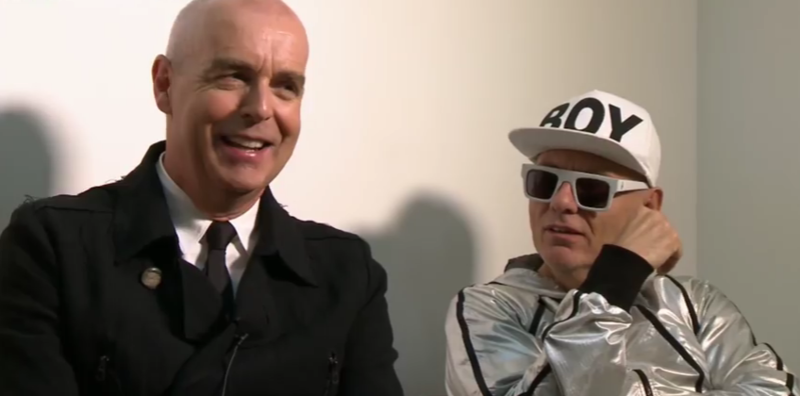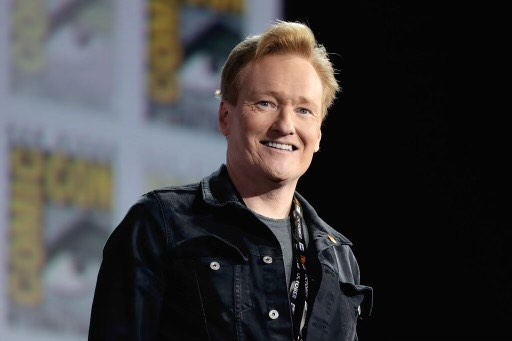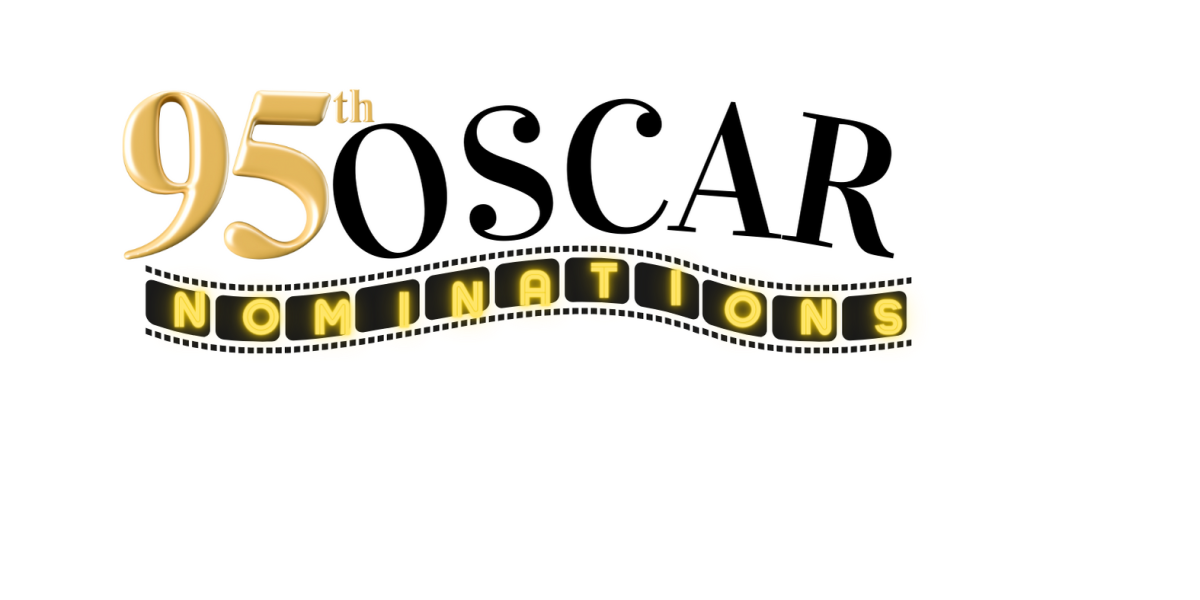DC: an iconic legacy
While Marvel has achieved enormous success in the past decade for its several blockbuster hits in the movie theater, the DC Comics universe ultimately reigns supreme in the superhero industry with its long–lasting, iconic legacy and incredibly creative characters.
Most people, myself included, love Marvel movies with their famous actors, funny jokes and thrilling action scenes; however, people forget about the iconic and revered status of famous DC superheroes. The box office failure of movies such as Green Lantern and the recently released Batman v Superman have contributed to an aversion of these legendary heroes. Many cite the dark tone and lack of humor as an important factor in the failure of these films; however, while this is true, this box office slump does not represent the DC Comics universe as a whole.
By taking a look at the small screen on the CW network quartet of DC shows including The Flash, Supergirl and Legends of Tomorrow, fans can experience the spectacular side of DC Comics not seen in movies. The Flash and Arrow, ranked seventh and ninth, respectively, on imdb.com’s TV popularity list, have both been smash hits from the start and have attracted fans from around the world. These shows display qualities not seen in the movies such as a combination of humor, creativity and, most importantly, a ton of comic book references and Easter eggs.
Superheroes like Superman, Batman and Wonder Woman realistically interact with humans, and although having a godlike status, they messily get involvement in the world’s concerns — something Marvel tends to skip over. While taking selfies on the street with Thor would seem like the ideal fantasy as depicted in Marvel’s Thor: Ragnarok, the reality of a world with superpowers would most likely include idolizing these figures.
Marvel characters have their unique personalities, but the creativity and background of DC heroes are far superior. Characters like Green Lantern and Shazam are unparalleled in the Marvel universe in terms of their backgrounds. For example, while Green Lantern is a failed pilot who joins a legion of the universe’s most elite protectors, Shazam is a young boy who gets his power from ancient magic.
The realism of DC movies and comics also comes from the second most important aspect after the superhero: the villain. Iconic and revered throughout the past century, characters like the Joker and Lex Luthor are more than surface–level thugs. With no special powers, these villains must use their cunning personalities to consistently best even the most powerful superheroes.
For example, in Christopher Nolan’s critically–acclaimed interpretation of Batman in The Dark Knight, the psychotic nuances of the Joker add to his character and make audiences believe that a person so evil could actually exist. These complex villains have created a legacy that has remained popular since 1940, before the creation of mainstream Marvel.
While the movie scene has not been kind to DC thus far, movies like the summer hit Wonder Woman should give fans hope. Even Marvel went through a trial and error run with three Spider–Man reboots and failed Fantastic Four movies before it could find its groove. Ultimately, both Marvel and DC have their own unique slate of characters and storylines, yet the creativity and ingenuity of DC still reigns supreme.
Marvel: unforgettable action
I want to preface this by saying that I am by no means a DC–hater. In fact, some of my favorite characters are from the DC realm. What’s not to love about popularized heroes like Batman or the Flash? Or unforgettable villains like Harley Quinn or Deathstroke? And how can one not fall in love with Christopher Nolan’s cruel and unforgiving adaptation of the Batman films in his Dark Knight trilogy, complete with a perfect representation of the Joker by Heath Ledger and an incredibly dark atmosphere that justifies the film’s classification as a “crime thriller?”
But when it comes down to it, Christopher Nolan’s adaptation is merely one of many and does not even function as a factor in the DC Universe after actor Jake Gyllenhaal was replaced with Ben Affleck in a new reinterpretation. Zack Snyder is the director of most modern DC films such as the recent Justice League or Wonder Woman and his films are no match for the immediate blockbusters that Marvel directors Joss Whedon and James Gunn generate with ease on an annual basis. Sure, both are action–packed sources of entertainment, but when it comes down to it, there’s one big differentiating factor: humor.
As a child, I found myself absorbed in comic books, reading anything from Iron Man to Katana. My favorite was always Spider–Man because of the amount of jokes packed throughout each comic that made the gruesome violence seem a little less… well, gruesome. And really, comic books should be about pure, light–hearted fun. Marvel films encapsulate that ideology perfectly, packing each of their films with plenty of jokes, cameos from Stan Lee himself and deep–rooted references to the comics that alleviate the graphic, bloody warfare occurring on the screen. For example, Guardians of the Galaxy, although depicting bloody space warfare, functions as a cosmic soap opera due to borderline inappropriate remarks from Rocket Raccoon and Drax, a tension–filled romance between Gamora and Peter Quill and a bubbly soundtrack of 80s hits playing throughout the action.
Marvel also simply has a more thorough and better organized universe than that of DC. The cinematic universe is planned years in advance and separated by phases in order to keep each of the individual hero feature films organized by relevance and keep track of the continuity. Currently in phase three, Marvel uses this phase to introduce three new heroes: Doctor Strange, Spider–Man and Black Panther. The purpose of which is to prepare for the complete and utter discord that the two–part Avengers: Infinity War will inevitably cause. Whereas the DC Universe proves to be less organized in that the newly released Justice League introduces three new characters at once. Cyborg, Aquaman and the Flash have yet to have their own feature films, and thus, their origin stories are skimmed over in an attempt to unionize the DC universe at a much faster pace.
Despite my love for the unique qualities of villains with psychological capabilities such as the Joker, let’s be real. DC villains have a history of being significantly weaker than Marvel villains. Yes, Marvel movies contain various sub–villains in each of the feature films that are generally defeated in an apocalyptic fit of rage by the end of the film. But Thanos has remained an impending threat throughout all three phases of the Marvel Cinematic Universe that has been suggested as all–powerful and stronger even than the Avengers themselves.
In DC films, each villain has been easily defeated with no entity posing an actual threat for longer than one movie. The only reason General Zodd, one of Superman’s enemies, stayed alive for as long as he did in Man of Steel was Superman’s sheer moral compass steering him away from the killing of another person. But when Zodd started to kill others, Superman basically defeated him with one swift crack of the neck. In Justice League, Steppenwolf, the main villain, is defeated easily in the span of the two hour film, leaving no residual threat for future films.
I am not strongly opposed to DC. But all in all, Marvel simply creates better content that encompasses the nature of each character and the fun–loving, humorous vibe that should accompany the action.
